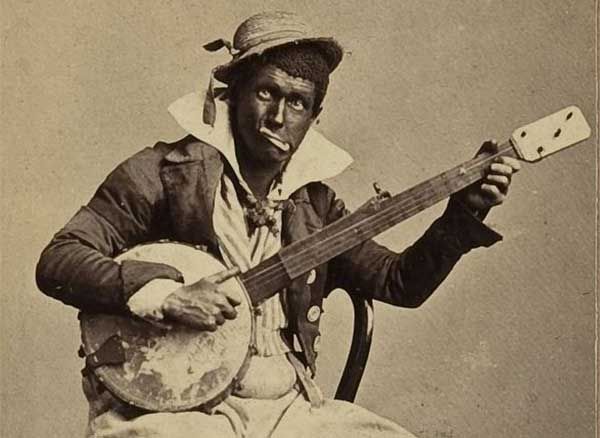The banjo has a rich history that spans several centuries and continents. Its roots can be traced back to West Africa, where the gourd instrument known as the akonting was played by the Jola people. The akonting eventually made its way to the Americas through the transatlantic slave trade, where it evolved into what we know today as the banjo.

Early Banjo Styles: A Brief History
Early banjo styles can be broadly categorized into two main types: minstrel banjo and classic banjo. The minstrel banjo was popularized in the mid-19th century and was characterized by its open-back design, gut strings, and fingerpicking style. The classic banjo, on the other hand, emerged in the late 19th century and was characterized by its resonator back, metal strings, and a more complex fingerstyle technique.
Minstrel Banjo
The minstrel banjo was primarily played in the minstrel shows of the mid-19th century, which were popular entertainment venues that featured white performers in blackface caricaturing African Americans. Despite the offensive nature of these shows, they played a significant role in the development of American popular music.
The minstrel banjo was played in a style known as clawhammer or frailing. This technique involves striking the strings with the back of the fingernail or a pick, followed by a downward stroke with the index or middle finger. The thumb is used to play the bass notes on the lower strings, while the other fingers play the melody on the higher strings.
Minstrel banjo players often used a variety of tunings, including open G, double C, and sawmill. The music they played was a mixture of traditional African American folk songs, popular minstrel show tunes, and original compositions.
Classic Banjo
The classic banjo emerged in the late 19th century and was played primarily in the parlor and concert hall. It featured a resonator back, which gave it a louder and brighter sound than the minstrel banjo. The strings were made of metal, which allowed for a greater range of tones and more complex fingerstyle techniques.
Classic banjo players used a variety of techniques, including fingerpicking, arpeggios, and tremolo. They often played music that was more complex than the simple folk songs of the minstrel era, including classical music, popular songs, and original compositions.
One of the most famous classic banjo players was S. S. Stewart, who founded the Stewart Banjo and Guitar Company in 1878. He was known for his innovative designs and high-quality instruments, which helped popularize the classic banjo among amateur and professional musicians alike.
Conclusion
Early banjo styles played a significant role in the development of American popular music. The minstrel banjo and classic banjo were two distinct styles that emerged in the mid-19th century and late 19th century, respectively. While the minstrel banjo was characterized by its open-back design, gut strings, and fingerpicking style, the classic banjo featured a resonator back, metal strings, and more complex fingerstyle techniques. Both styles contributed to the banjo’s enduring popularity and continue to inspire musicians today.
More Banjo Articles
Origins and History of the Banjo
